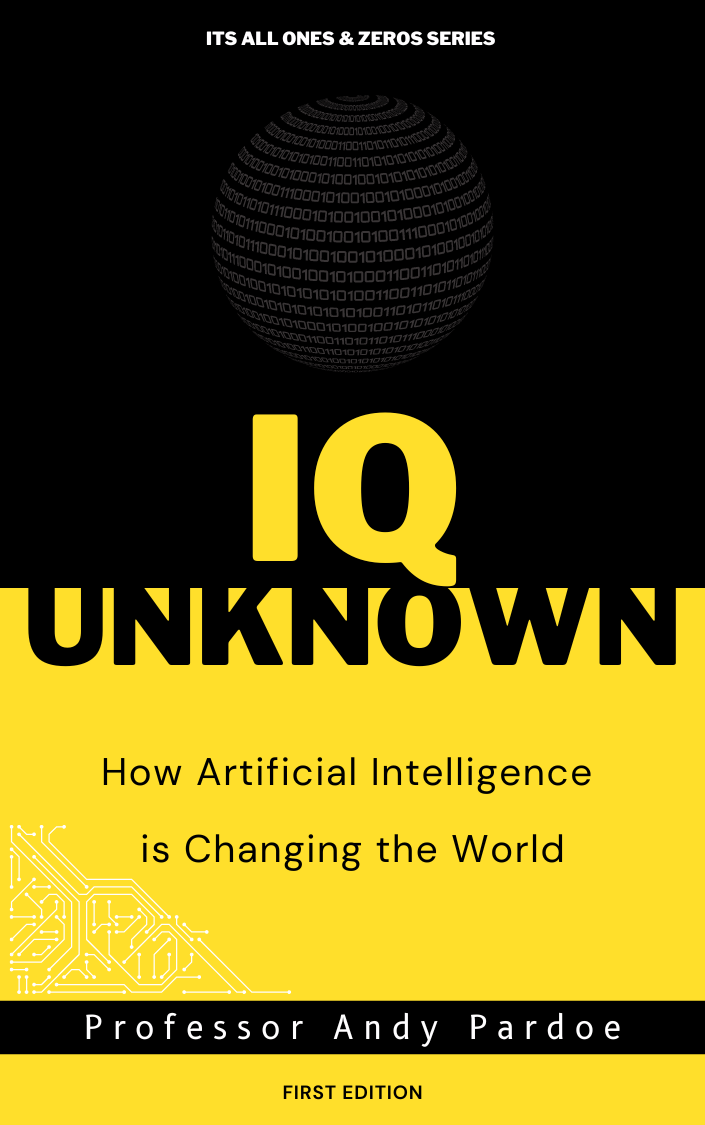IQ Unknown
Provides an intriguing perspective on the future advancement of Artificial Intelligence. Discussing the various paths humanity might follow in its own evolution as it learns to live side-by-side with another form of intelligence to rival our own.
Technical Evolution
Until recently, we have always built technology systems and applications the same way. The methodology has changed (from waterfall to agile), but the fundamentals of how we build has remained the same for decades.
We define the requirements of our technical applications, by speaking with the users and determining the functional and non-functional requirements. These requirements documents would then be turned into technical designs. This would then allow the developers to code the application programs to deliver the desired functionality.
Once the coding is complete, the new application would be tested, first by quality assurance testers and then by the users (user acceptance testing). When everyone is happy the software application is performing and behaving as expected, it would then be promoted into the live production environment.
While this is a simplification of the software development life cycle (SDLC) it gives you an overall pattern of the top-level process. Different teams and companies will have distinctive processes and the specifics will vary, including the timing allocated to each task. But overall, from a birds-eye view the end-to-end process is similar across the industry.
We have been building software like this for decades with various levels of success. Large software projects are fraught with problems – changing requirements, running over budget, challenges with the deadlines. But ultimately the process works. The methodologies used have been improved to make the process of software construction more flexible and reactive to changes in requirements, allowing the whole team, including the business users to learn and adapt to new requests and changing priorities.
The profession of software development has always evolved, and rapidly, with new languages, tools, management systems, and methodologies all influencing the way software is designed, built, tested, deployed, monitored, and supported. Certainly, the changes seen in this profession has dramatically increased in recent years, with cloud computing, devops, agile, virtualisation and many other new capabilities influencing the environment and approaches employed.
While the profession has seen such rapid change over the last 10 years or so, with the introduction of machine learning, it is now experiencing it most important and significant changes.
Overview & Preview
9 Chapters
152 Pages
For the entirety of human history, we have been the most intelligent species on planet earth, and while many animals show considerable cognitive abilities (including varying levels of consciousness), humans have been top of the evolutionary tree with respect to intelligence.
Such is our level of intelligence, that we have now started to build other forms of intelligent machines in the form of artificial intelligence applications and tools. This milestone must be considered as a major development of our own human evolution, from the discovery of fire, to the construction of the wheel, to the building of artificial intelligence.
These narrow AI solutions, in recent years, have even been able to outperform an average human in specific tasks. Surpassing our own level of intelligence, even for very specific (or narrow) tasks, might be considered another major milestone in human achievement.
The moon-shot for AI, is what is terms Artificial General Intelligence (AGI), also sometimes referred to as Super Intelligence or the Singularity. Essentially this is the development of an AI capable of out-performing human intelligence, not just in a single narrow application, but across all skills and knowledge that humans have. From poetry to scientific invention, from driving a car to creating a new film and music score. All human achievements performed by a single artificial entity. A machine equal to us in understanding and ability.
You next question, I am sure, is when will we have AGI capabilities?
The answer is simply we do not know – experts are very divided on this question, some saying within a decade, others 50 to 100 years, and a few saying its closer to 1,000 years. It is particularly difficult to precisely pinpoint, as the rate of change of technology at the moment feels like it is following an exponential path. I personally have a somewhat optimistic prediction of between 10 to 30 years.
Get it Now!
Your guide to AI Strategy for Business Growth
